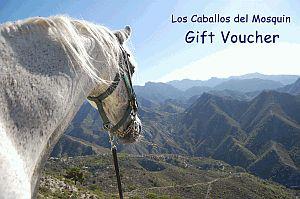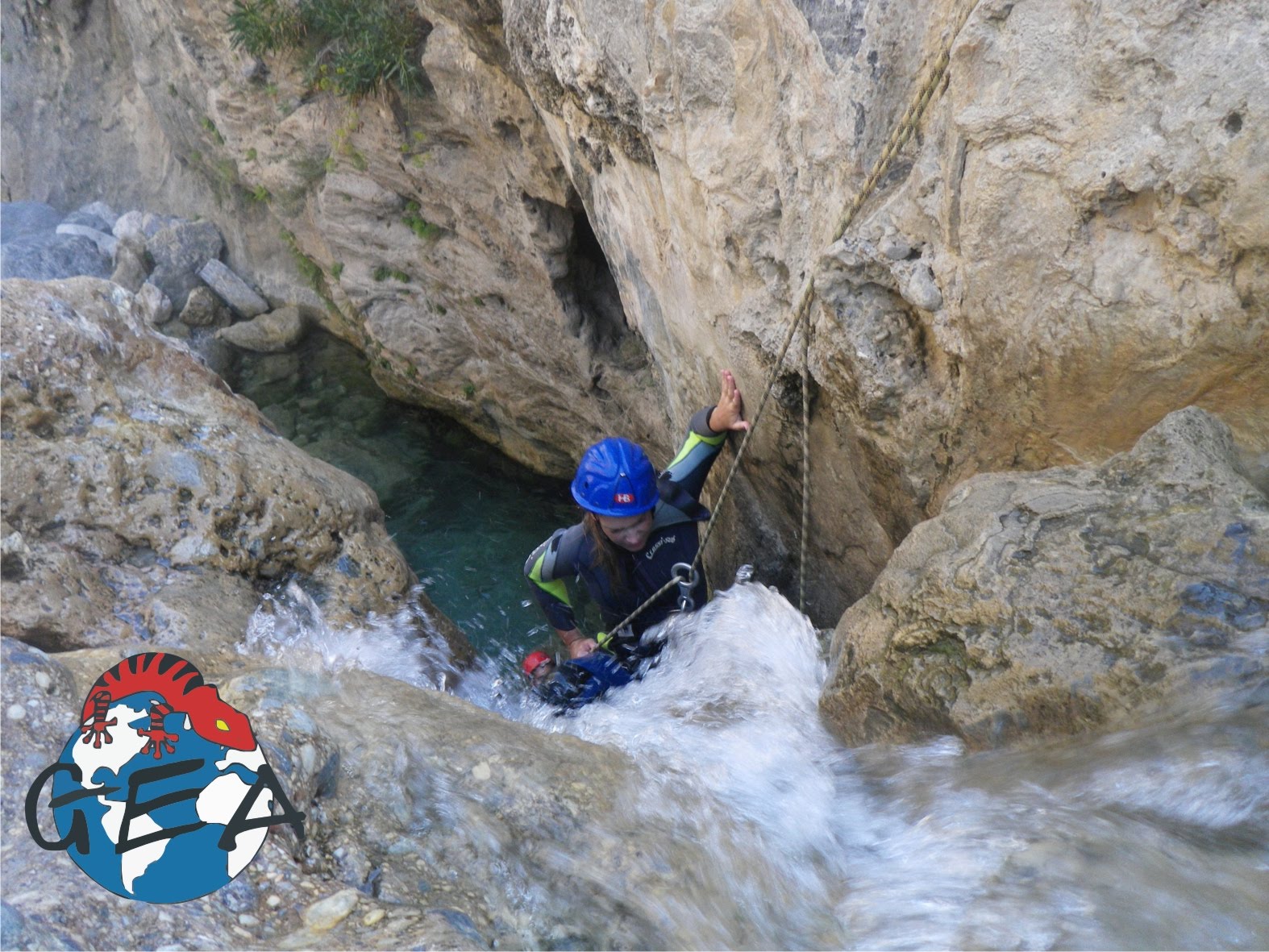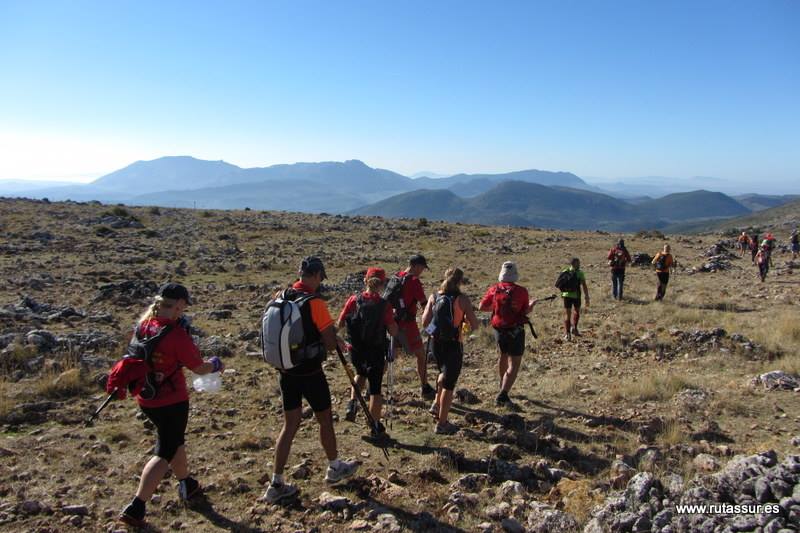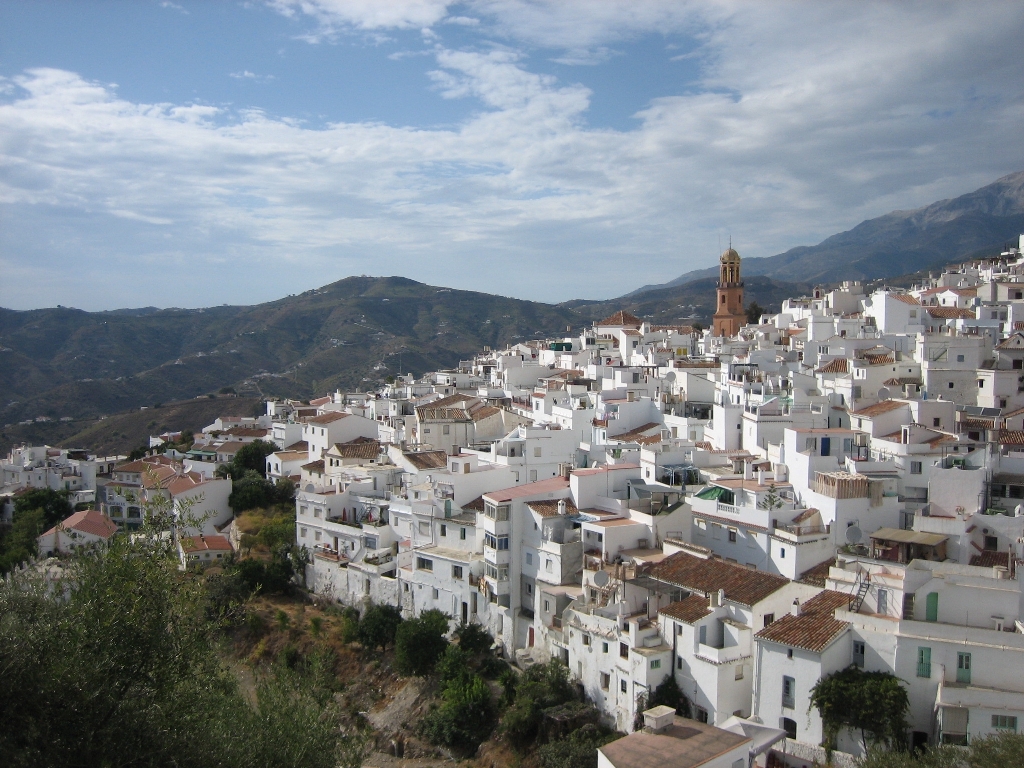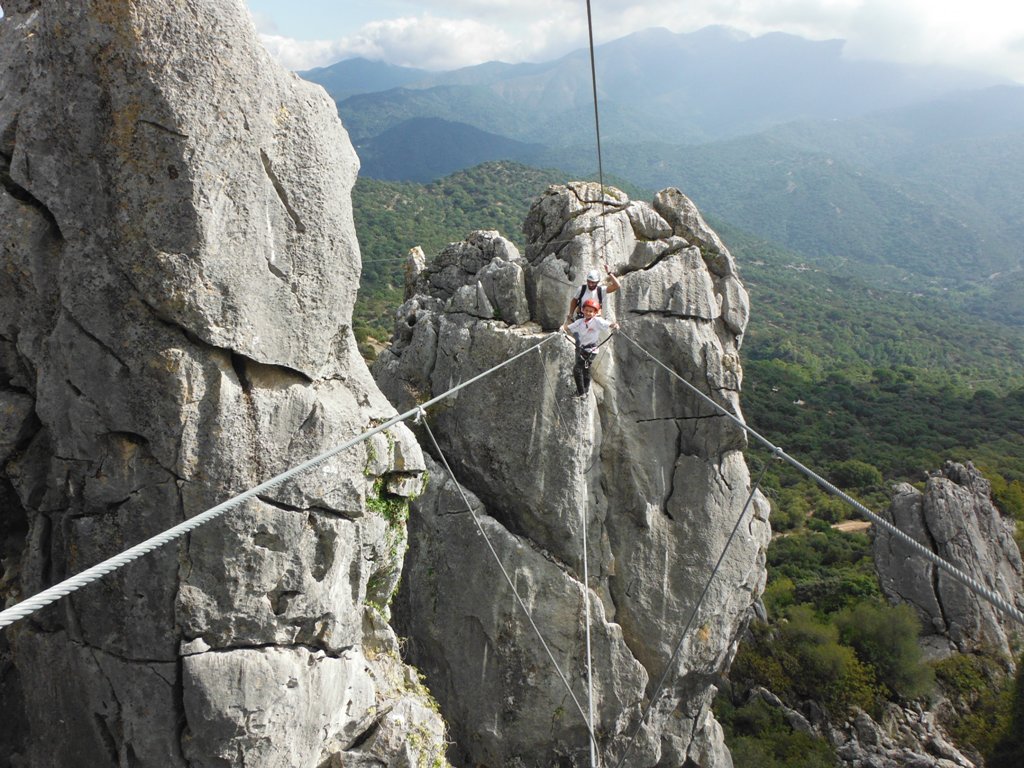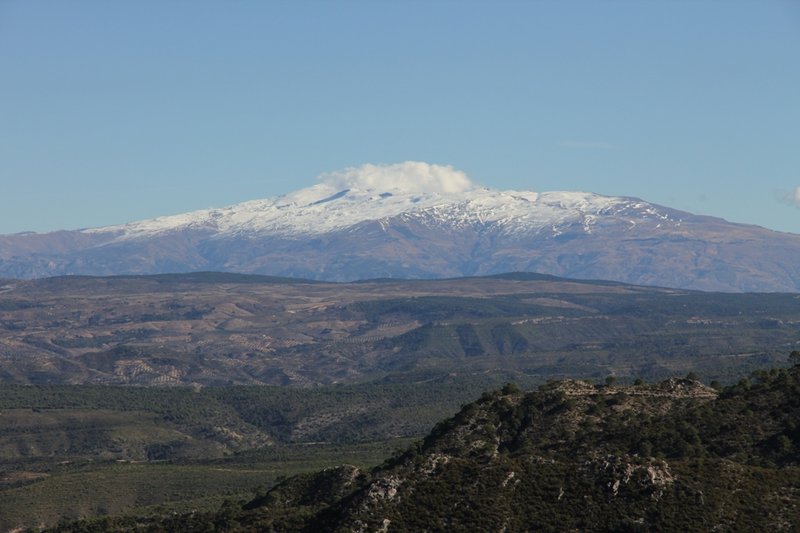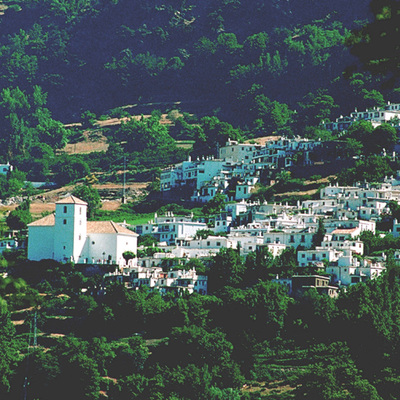Sierras de Tejeda, Almijara y Alhama

From the coast, the Sierras de Tejeda, Almijara and Alhama Mountains break up the horizon with a spectacular succession of peaks reaching more than 1,500 metres, with a vertical drop that disappears beneath the waters of the Mediterranean.
They are surrounded by amazing ravines, rugged crags, sharp ridges and steep slopes; it is not easy to climb the natural wall, although people have tried to lay trails which, having crossed the Frigiliana, Cómpeta or Sedella ports, fish was traditionally taken to the fish market in Granada.
On the limestone, the slow and consistent water has created a labyrinth of fissures, caverns and caves that have carved poljes, such as the Zafarraya, a spectacular depression surrounded by mountains; caves and potholes, including the famous Nerja and the Fájara Cave, and the spectacular “cahorros” or "canjorros", in the Chíllar River, a very narrow canyon carved out of the rock.


















